Russian Blue Cat
Russian Blue Cat
America’s Elegant and Affectionate Feline
1. Introduction to the Breed
The Russian Blue, securing the #16 spot among the top cat breeds owned by Americans in 2024, is an elegant and affectionate feline renowned for its shimmering, silvery-blue coat and vivid emerald eyes. Known for their reserved yet loyal personality, Russian Blues are ideal for owners seeking a refined, gentle companion. Their sleek appearance and calm demeanor make them perfect for quiet households, from urban apartments to suburban homes, where their grace and warmth bring sophistication and comfort.
2. History of the Breed
Originating in Russia, possibly in the port city of Archangel, Russian Blues were brought to Europe in the 19th century, valued for their dense coats suited to cold climates. Likely descended from local shorthaired cats, they were refined in England and Scandinavia before gaining U.S. popularity. Recognized by the Cat Fanciers’ Association (CFA) in 1949, Russian Blues are celebrated in cat shows and as family pets for their elegant look and reserved charm, their storied history adding to their mystique as a regal breed.
3. Physical Characteristics
- Typical Size and Weight: Russian Blues are medium-sized, standing 8–10 inches tall at the shoulder and weighing 8–12 pounds (males) or 6–10 pounds (females), with a slender, muscular build.
- Coat and Color: Their short, dense, plush coat is a distinctive silvery-blue with a shimmering, velvety texture due to guard hairs. The coat sheds minimally and requires light grooming.
- Distinctive Features: Russian Blues have a wedge-shaped head, large, almond-shaped emerald eyes, and wide-set, pointed ears. Their sleek body, long legs, and short tail enhance their elegant, aristocratic appearance.
4. Personality Traits
Russian Blues are gentle, affectionate, and reserved, with a loyal personality that makes them devoted companions. They form strong bonds with their owners, enjoying quiet interaction with familiar people or pets but may be shy with strangers. Their soft vocalizations, like purrs or faint meows, reflect their undemanding nature. Russian Blues are intelligent and moderately playful, suiting owners who can provide a calm environment and gentle stimulation to prevent boredom-driven behaviors like scratching or hiding.
5. Care Requirements
- Exercise Needs: Russian Blues need 20–40 minutes of daily play, such as gentle chasing games, low cat trees, or interactive toys. Mental stimulation through window perches or simple puzzle toys satisfies their mild curiosity.
- Grooming Needs: Their plush coat requires brushing once weekly to maintain shine and manage minimal shedding. Regular ear cleaning, nail trimming, and dental care maintain health, as they’re prone to dental issues.
- Dietary Considerations: A balanced, high-protein diet supports their lean build and coat health. Portion control prevents obesity, and foods with omega fatty acids reduce skin sensitivities. Fresh water is essential for their moderate energy.
6. Health and Lifespan
Russian Blues have an average lifespan of 15–20 years, often benefiting from robust genetics. Common health issues include obesity, dental disease, and bladder stones or urinary tract issues. Regular vet checkups, dental cleanings, and a healthy lifestyle mitigate risks. Owners should monitor for weight gain, litter box changes, or dental discomfort and ensure a balanced diet to support overall health. Genetic testing from breeders reduces rare hereditary concerns, though Russian Blues are generally hardy.
7. Training and Socialization
Russian Blues are intelligent and responsive, learning behaviors like using a scratching post or litter box habits with gentle, positive reinforcement using treats or praise. Their reserved nature benefits from calm, short training sessions. Early socialization ensures comfort with strangers, children, and other pets, reducing shyness or aloofness. Teaching simple tricks or routines keeps their mild curiosity engaged. Gentle play or training prevents boredom-related behaviors like overgrooming or scratching.
8. Ideal Home Environment
Russian Blues thrive in quiet, secure homes, ideal for urban apartments or suburban settings where they can relax and bond. They suit singles, seniors, or calm families who enjoy gentle interaction and a peaceful atmosphere. Indoor spaces with cozy bedding, low climbing structures, or window perches satisfy their minimal exploratory needs. Owners should provide a stress-free environment with toys and scratching posts to prevent boredom and ensure a nurturing setting for their reserved nature.
9. What’s the Best Toy for My Russian Blue?
Russian Blues enjoy toys that suit their gentle, moderately playful nature and elegant build. Lightweight feather wands encourage slow swatting or pouncing, providing 10–15 minutes of interactive play to satisfy their mild hunting instincts. Small, sturdy balls for batting offer solo play, suitable for 10–15 minute sessions in a secure space. Soft plush toys for cuddling or gentle wrestling mimic prey, perfect for 10–15 minute play bursts, with supervision to prevent tearing. Simple interactive puzzle toys with treat compartments engage their intelligence, keeping them occupied indoors for 10–15 minutes. Avoid high-energy or small, swallowable toys to protect their comfort. Rotate toys regularly and pair with gentle games for engagement.
10. Adoption and Breeder Tips
Choose breeders affiliated with the CFA or Russian Blue breed clubs, ensuring health clearances for dental, urinary, and general conditions. Visit the breeder to assess kitten health, meet parents for temperament insights, and confirm ethical practices, including socialization and clean facilities. Rescues like Russian Blue-specific organizations or local shelters offer adoptable cats, often with known histories. Avoid unregulated breeders or pet stores, as Russian Blues benefit from careful breeding to maintain health. Ask about socialization, grooming needs, and dietary habits to ensure a healthy, well-adjusted cat.

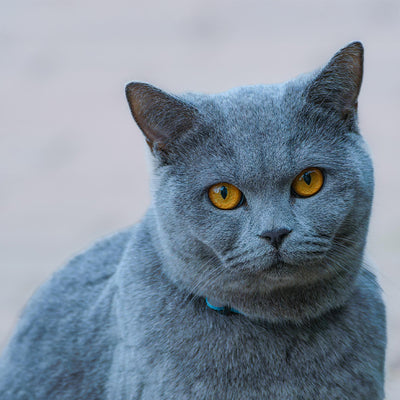
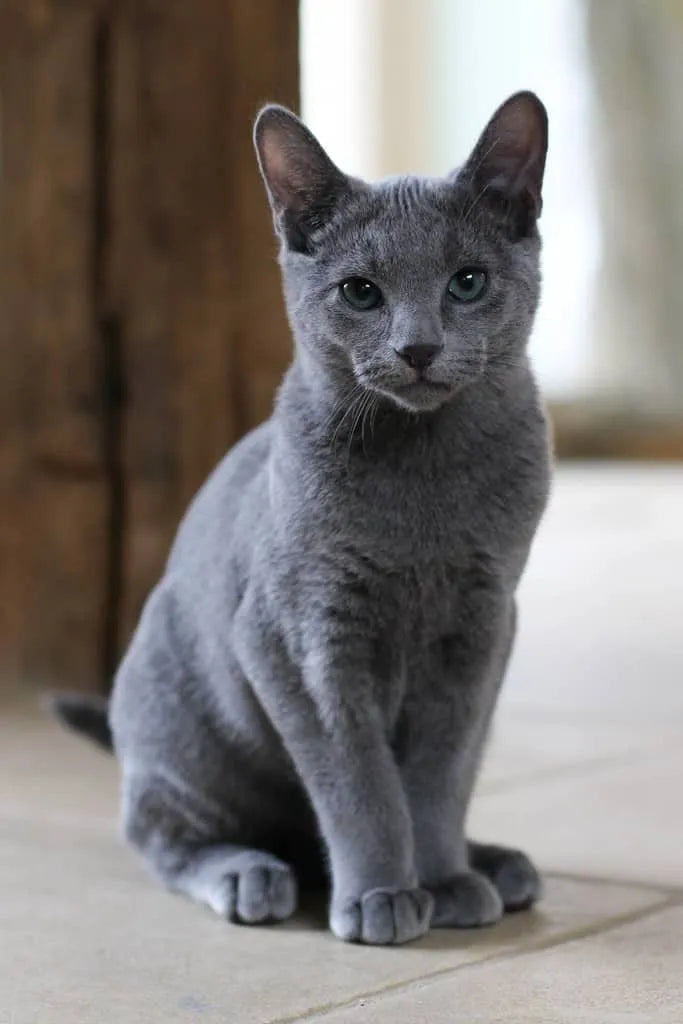
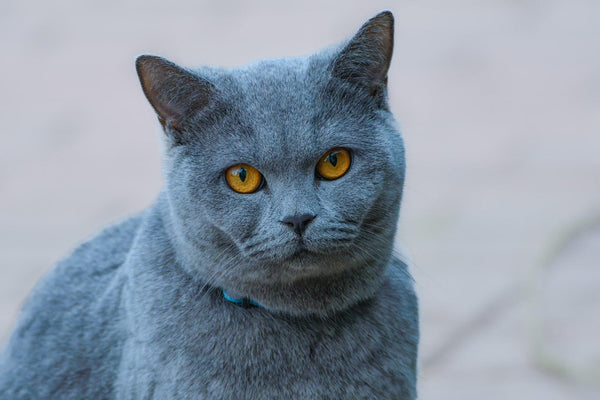
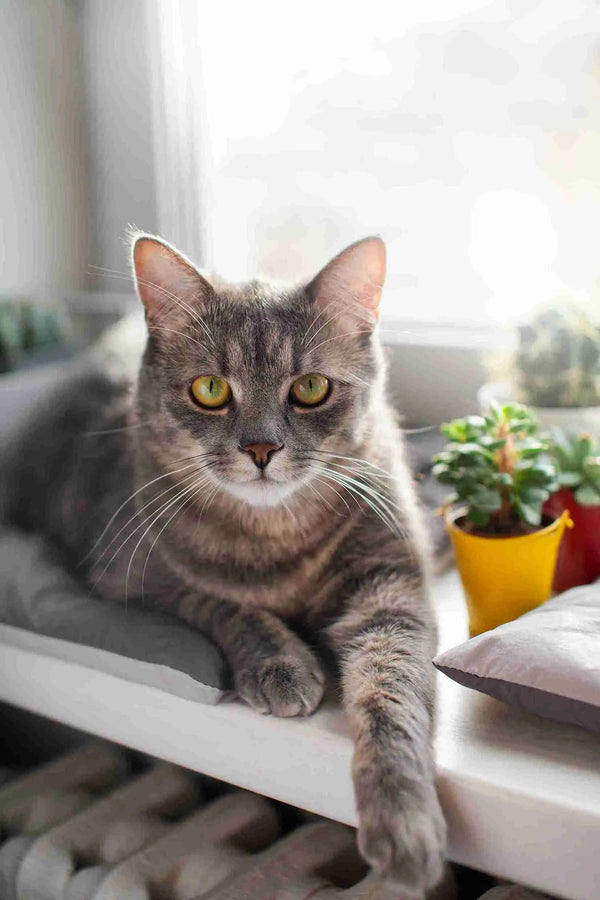
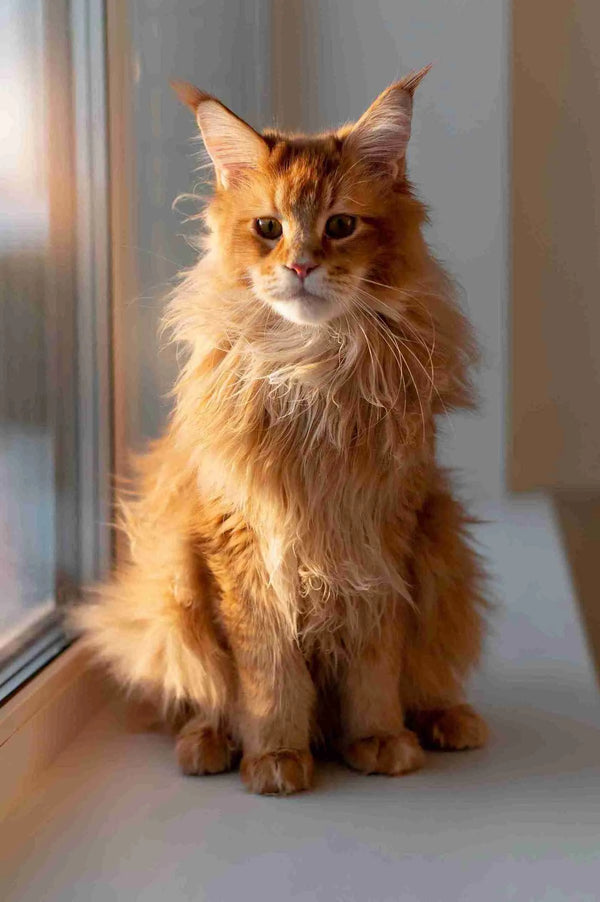
0 comments